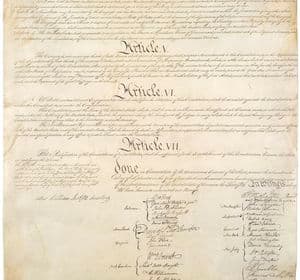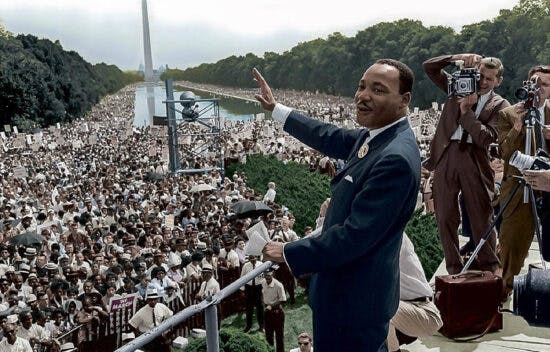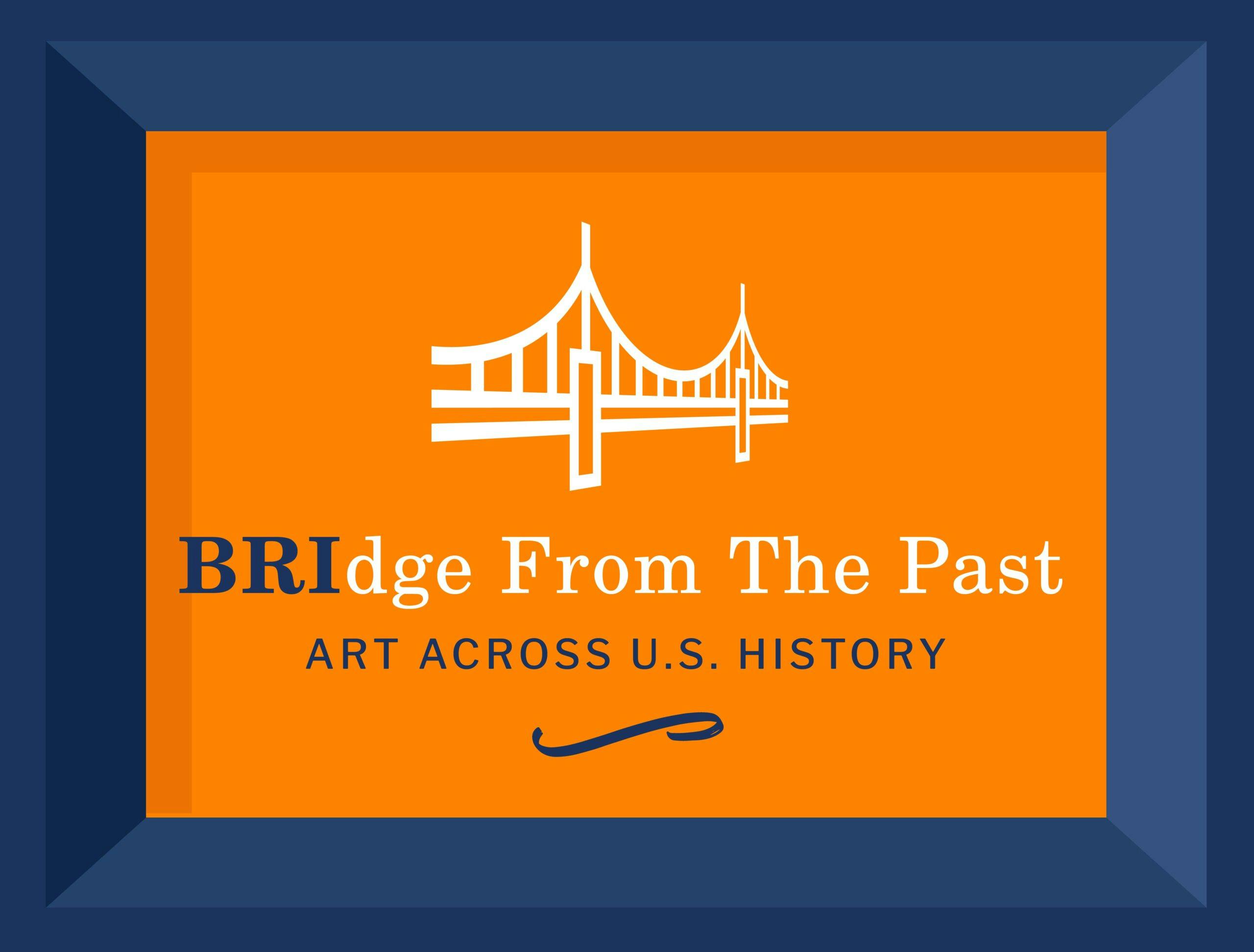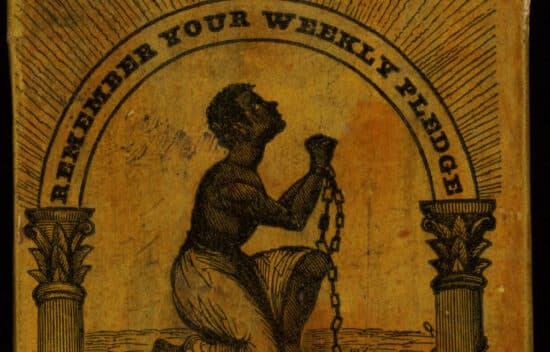



High School United States History Resources
11 items

Life, Liberty, and the Pursuit of Happiness
Curriculum - 71 Lessons
Curriculum
71 Lessons
Has the American nation lived up to the ideals of its experiment in liberty?
Invite your students to explore the rich tapestry of American history and actively participate in the ongoing experiment that defines our nation's identity.
Help your students gain insights into the nature of the American experiment - the ongoing quest for a more perfect union.

Handbook of Annotated Primary Sources
Lesson - 22 Activities
Lesson
22 Activities
Primary sources are a main focus throughout Documents of Freedom. Here we offer many of the most important primary sources from American history that include annotations to help you understand the purposes of each document.

Civil Disobedience across Time
Lesson - 1 Activities
Lesson
1 Activities
90 Min
Use this lesson with the Freedom Riders Narrative; The March on Birmingham Narrative; the Black Power Narrative; the Martin Luther King Jr., "Letter from Birmingham Jail," 1963 Primary Source; the Martin Luther King Jr., "I Have a Dream," August 28, 1963 Primary Source ;The Music of the Civil Rights Movement Lesson; and the Civil Rights DBQ Lesson to discuss the different aspects of the civil rights movement during the 1960s
90 Min

BRIdge from the Past: Art Across U.S. History Video Playlist
Page
Page
BRIdge from the Past: Art Across U.S. History is a new YouTube series for students that explores an important historic image every episode to gain insights into the culture, politics, and society of a particular time in U.S. history. Host Mary Patterson will explain how each primary source is its own “window to the past,” revealing new areas for contemplation and discussion.

A Primary Source Close Reads Video Playlist
Page
Page
Dive into some of the most important speeches and documents from United States history. These videos dissect these documents, define key terms, and explore the lasting impact of the featured documents.

Slavery and the Founding
Curriculum - 6 Lessons
Curriculum
6 Lessons
How did a system of enslavement develop and persist within the framework of liberty in the United States?

The Declaration of Independence and the Promise of Liberty and Equality for All: Founding Principles and the Problem of Slavery
Lesson - 10 Activities
Lesson
10 Activities
90 Min
Introduce students to the concept of Founding principles based on natural law and natural rights as expressed in the Declaration of Independence. Analyze primary source documents to determine the extent to which the writing of the Declaration of Independence contributed to the quest to end slavery in the United States in the Founding era.
90 Min

The Plainest Demands of Justice: Documents for Dialogue on the African American Experience
Curriculum - 7 Lessons
Curriculum
7 Lessons
What progress has been made across time in the fight for realizing Founding principles of liberty, equality, and justice for African Americans?

Continuing the Heroic Struggle for Equality – The Civil Rights Movement
Lesson - 23 Activities
Lesson
23 Activities
90 Min
To what extent did Founding principles of liberty, equality, and justice become a reality for African Americans in the civil rights movement? The documents come from a variety of actors: legislators and policy makers, the courts, and individuals and groups. As students go through the documents, encourage them not only to think about the principles of liberty, equality, and justice, but also about the way in which these groups interact with each other in creating or stalling change.
90 Min

Votes for Women
Curriculum - 8 Lessons
Curriculum
8 Lessons
How did the suffragists map out a pathway for change to achieve the vote through the Nineteenth Amendment?

A Movement Arises (1800-1860)
Lesson - 5 Activities
Lesson
5 Activities
80 Min
Trace the growing public voice of women in American society through various reform movements as well as organized women’s rights movements in antebellum America. Students will analyze the writings of men and women central to the rise of the women’s rights movement and analyze the contributions of several leading figures in the movement.
80 Min